Hickory Creek to Undergo Major Improvements Thanks to Grant from Emery Rail Heritage Trust
A Stadco Railgen like this one will be installed under the Hickory Creek. The generator pictured here is being installed under a coach which was sold to Sugar Express by URHS as part of a strategic curtailing of the organization’s collection. Photo: Kelly Lynch/FMW Solutions
The United Railroad Historical Society of NJ is proud to announce that it has received a $14,500 grant from the John H. Emery Rail Heritage Trust for replacement of the on-board generator on the New York Central Hickory Creek. Thanks to this grant, URHS will undertake the generator installation this summer. This project, will be the single largest improvement made to the car since its restoration in the 1990s and early 2000s.
Those interested in supporting this project alongside the Emery Rail Heritage Trust can do so at URHS.org/donate.
“We couldn’t be more grateful to Mr. Emery and those who carry on his legacy through the Trust,” said URHS Executive Director Kevin Phalon. “Mr. Emery, who founded the Trust, was a lover of passenger trains from between the 1920s and 1960s. We are proud to undertake this project—on the most famous train of that time period—in his memory.”
This improvement project will entail removing the Hickory Creek’s worn out 25-year-old generator and replacing it with a brand new, industry standard, 42 KW Stadco Railgen. Along with that will come all new electronics from Northwest Rail Electric and features the car did not have before. The generator will auto-start when head end power is dropped, and it will have the ability to feed to an adjacent car and power both at once. The new generator will also meet the EPA’s Tier IV emission standards. Work is planned to commence this June at the shop of the Morristown & Erie Railway.
This project was spurred by the Hickory Creek’s visit to the Railroad Museum of New England this past December. Frequent generator issues were proof positive that the Hickory Creek was in serious need of a new power plant if the car is to operate more often off Amtrak. A new generator will allow the Hickory Creek to power itself and operate reliably anywhere in America, thereby allowing it to reach a larger audience.
The Railroad Museum of New England wrote a letter in support for this project. Board Chairman Howard Pincus said, “The young and capable crew at URHS is looking to the future of rail heritage operations. Visits to heritage railroad locations such as RMNE bring [the Hickory Creek] to a wider audience, to demonstrate what rail passenger travel was like. New ideas for operating, displaying, and interpreting cars like “Hickory Creek” are what URHS is all about.”


